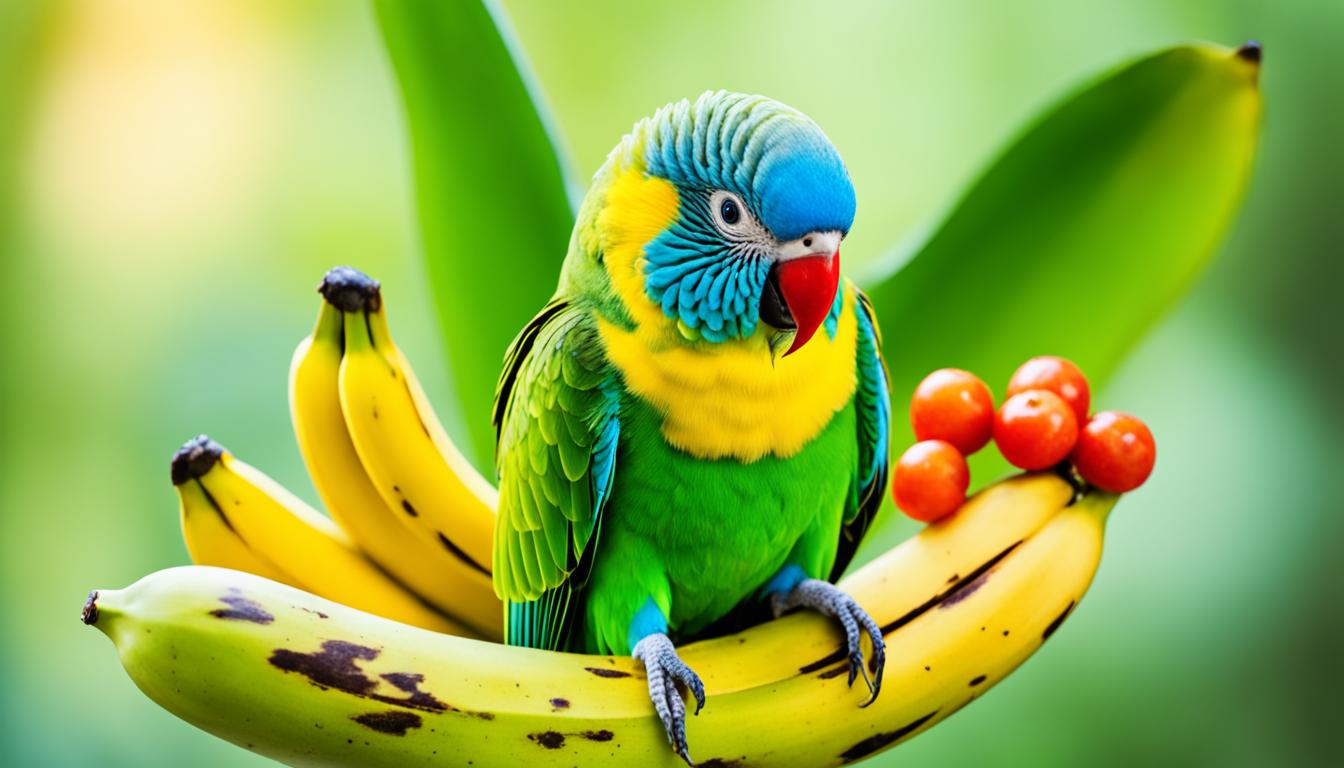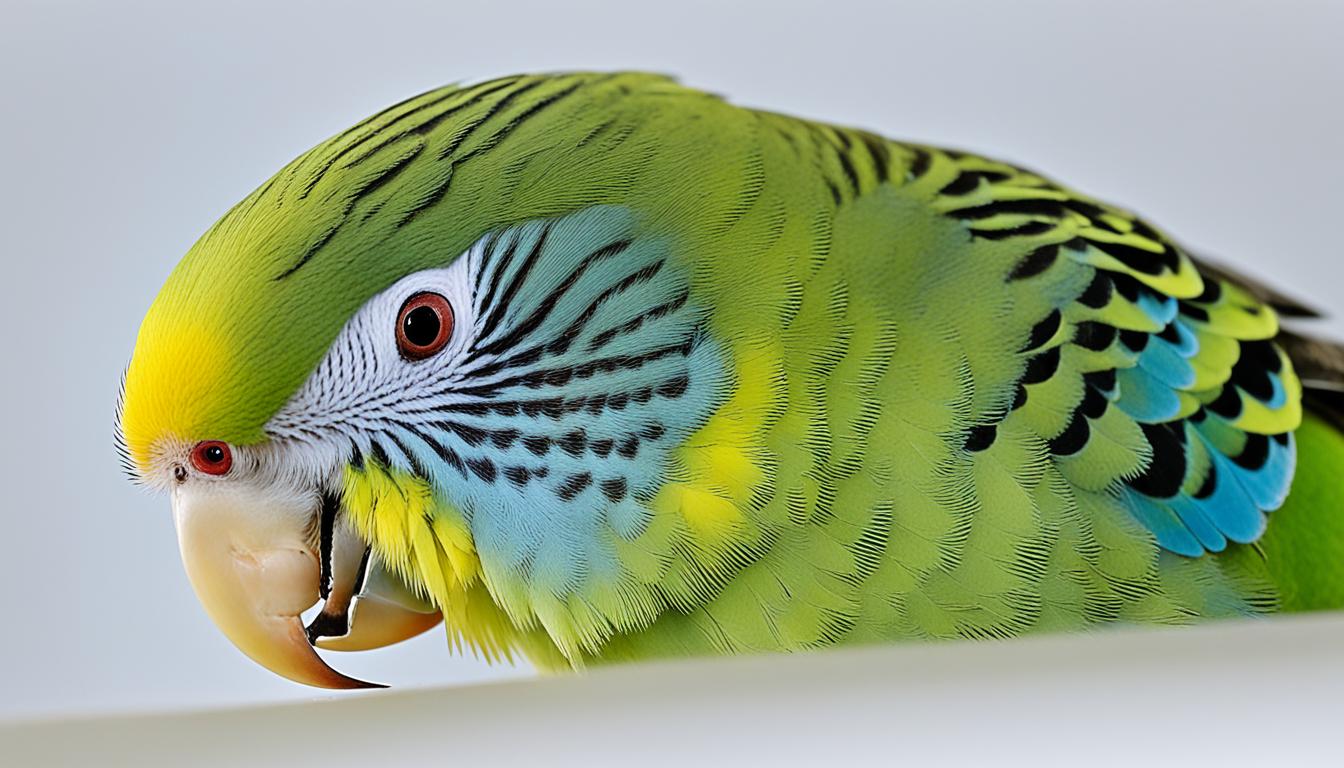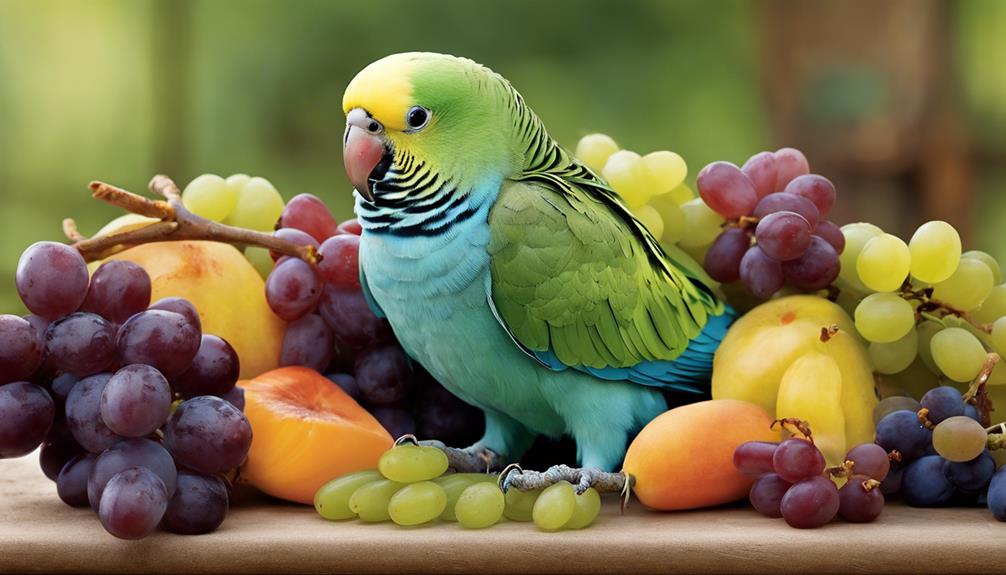Did you know that male and female parakeets have different behaviors and care requirements? Recognizing these distinctions can assist you in selecting the best pet for your lifestyle. This article delves into the unique characteristics and behaviors of male and female parakeets, offering valuable information on how to care for and handle them.
Key Takeaways:
- Male parakeets are generally larger and have more vibrant plumage compared to females.
- Female parakeets have more muted tones of green and blue in their feathers.
- Male parakeets are typically more vocal and playful, while females may exhibit more aggression and territorial tendencies.
- Determining the gender of young parakeets can be challenging, but observing their behavior and physical features like the cere can provide clues.
- Both male and female parakeets can make wonderful companions with individual personalities that may vary.
Physical Differences between Male and Female Parakeets
When it comes to identifying the gender of parakeets, one of the ways is by examining their physical characteristics. Male parakeets, also known as cocks, possess distinct physical features that set them apart from female parakeets, or hens. These differences include size and plumage coloration.
Male parakeets are generally larger in size compared to their female counterparts. They exhibit a robust and sturdy build, while female parakeets tend to be slightly smaller and more delicate in appearance.
“Male parakeets are larger and more vibrant in color, while female parakeets appear smaller and have more muted tones.”
Aside from size, male parakeets showcase more vibrant and striking plumage. Their feathers often display shades of bright green or blue on their head and wings, creating a visually captivating spectacle. On the other hand, female parakeets exhibit comparatively muted tones of these colors, with a more subtle and understated appearance.
“Male parakeets have vibrant green or blue feathers on their head and wings, while female parakeets have more muted tones of these colors.”
Another physical feature that aids in determining the gender of parakeets is the cere. The cere is the fleshy area located just above the beak. In adult parakeets, the cere’s appearance differs between males and females. Adult males typically have ceres that range from blue to purple, providing a distinct visual cue for their gender identification. On the other hand, adult females have ceres that are white to brown, sometimes with a lavender hue.
“The cere of adult male parakeets is usually blue to purple, while adult females have a white to brown cere with hints of lavender.”

Vocal and Behavioral Differences between Male and Female Parakeets
In addition to their physical characteristics, male and female parakeets also exhibit distinct vocal and behavioral differences. These variations in communication and behavior patterns contribute to the unique personalities of each gender.
Vocal Differences
Male parakeets:
- Known for being more vocal
- Mimic various sounds and may even attempt to imitate human speech
Female parakeets:
- Generally less vocal compared to males
These vocal differences can create an interesting dynamic within a mixed-gender parakeet flock, as males often lead the chorus while females contribute more sparingly.
Behavioral Differences
Male parakeets:
- Tend to be more active, playful, and friendly
- Engage in behaviors like head bobbing and wing flicking
Female parakeets:
- Typically less active than males
- May exhibit more aggression and territorial tendencies, especially when protecting their offspring or nesting box
- Less inclined to be handled and can be more withdrawn compared to their male counterparts
These behavioral differences highlight the contrasting temperaments of male and female parakeets. While males may seek interaction and engage in playful antics, females tend to prioritize nesting and protecting their environment.
Vocal and behavioral differences between male and female parakeets contribute to their unique personalities and dynamics within a flock.
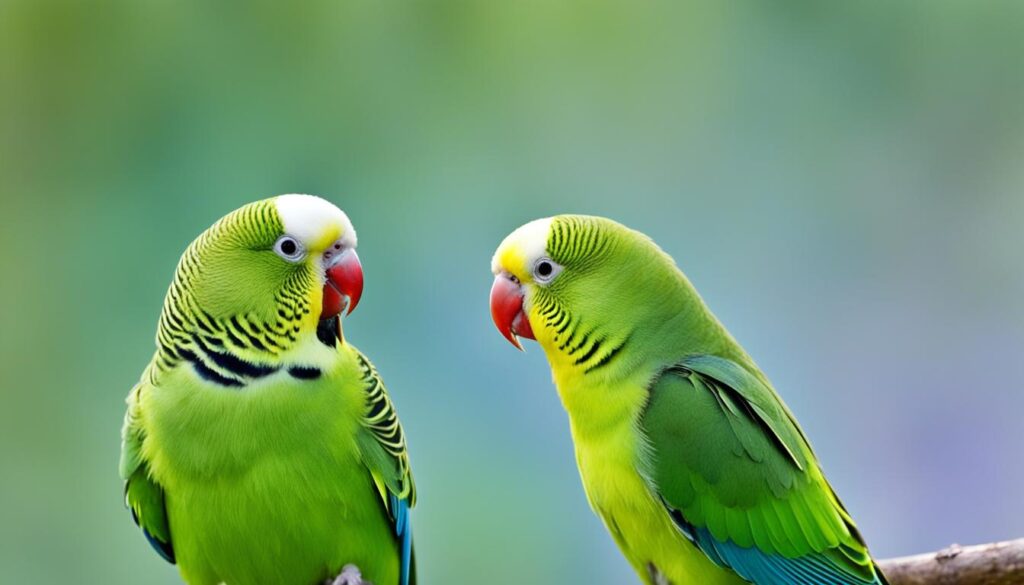
Determining the Gender of Young Parakeets
Determining the gender of young parakeets can be a challenging task. Unlike adult parakeets, young ones do not have distinct physical characteristics that clearly indicate their gender. However, as they mature, certain differences may become more apparent, allowing us to determine their gender with more accuracy.
Observing the behavior of young parakeets can provide valuable clues about their gender. Male parakeets often exhibit more active and playful behaviors compared to females. They may engage in playful antics such as hopping, fluttering their wings, or even attempting to mimic sounds. On the other hand, female parakeets may demonstrate more calm and reserved behaviors.
Vocalizations can also shed light on the gender of young parakeets. Male parakeets are known to be more vocal and may produce a wider range of calls, including melodic chirps and whistles. In contrast, female parakeets tend to be less vocal and may only produce simple chirping sounds.
In addition to behavior and vocalizations, examining physical features like the cere can provide further clues about the gender of young parakeets. The cere is the area of soft skin located above the beak. In young parakeets, both males and females have a pink or purplish cere. However, as they mature, the cere color can change and become more distinct. In males, the cere typically turns blue, while in females, it becomes brown or white.
It’s important to note that determining the gender of young parakeets is not always straightforward, and there may be variations depending on individual birds and color mutations. Consulting a veterinarian or an avian expert can provide a more accurate determination of their gender.
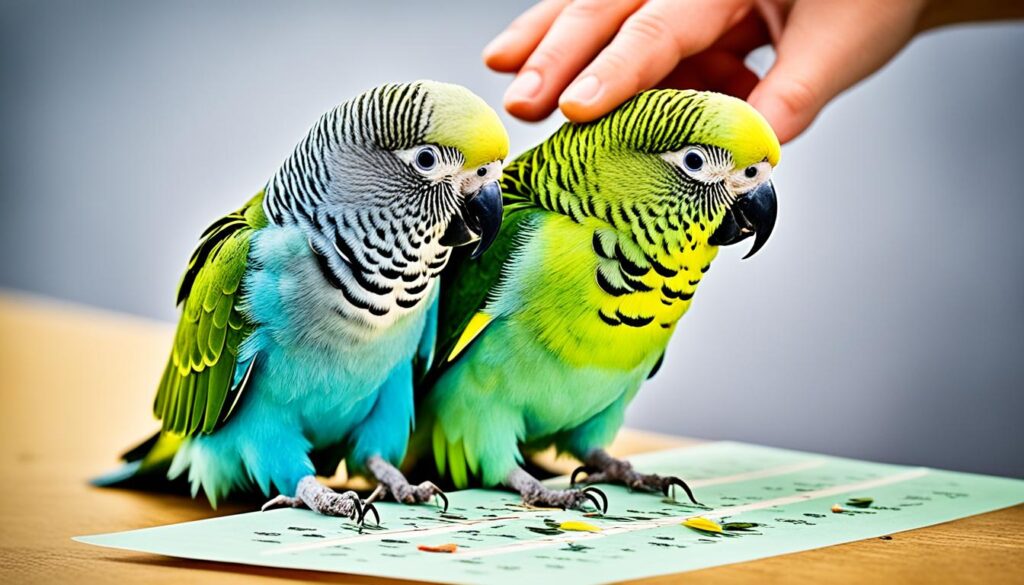
For a better understanding, here’s a simplified table summarizing the possible indicators for determining the gender of young parakeets:
| Possible Indicators | Male Parakeet | Female Parakeet |
|---|---|---|
| Behavior | More active and playful | Generally calm and reserved |
| Vocalizations | More varied and melodic | Simple chirping sounds |
| Cere Color (as they mature) | Turns blue | Becomes brown or white |
Conclusion
In conclusion, male and female parakeets have distinct behavior and care differences. Male parakeets are known for their vocal nature, playfulness, and friendly demeanor, making them delightful companions for pet owners. They often mimic various sounds, including human speech, and engage in behaviors like head bobbing and wing flicking. On the other hand, female parakeets tend to be less vocal and more territorial. They may display aggression and protectiveness towards their nesting box or offspring.
These behavior differences should be taken into consideration when choosing a pet parakeet. If you’re looking for a talkative and active companion, a male parakeet may be the ideal choice. However, it’s important to note that individual parakeet personalities can vary, and some female parakeets can still exhibit friendly and outgoing traits.
When it comes to care differences, male and female parakeets have similar needs in terms of diet, enclosure, and social interaction. Both genders require a balanced diet consisting of quality seed mix, fresh fruits, and vegetables. They also thrive in spacious cages with toys and perches for mental stimulation.
In conclusion, male and female parakeets can both make wonderful companions. Whether you choose a male or female parakeet, providing a loving and nurturing environment will ensure their well-being and happiness. Remember, if you’re uncertain about the gender of your parakeet, consulting with a professional can help you accurately identify their gender and cater to their specific needs.

